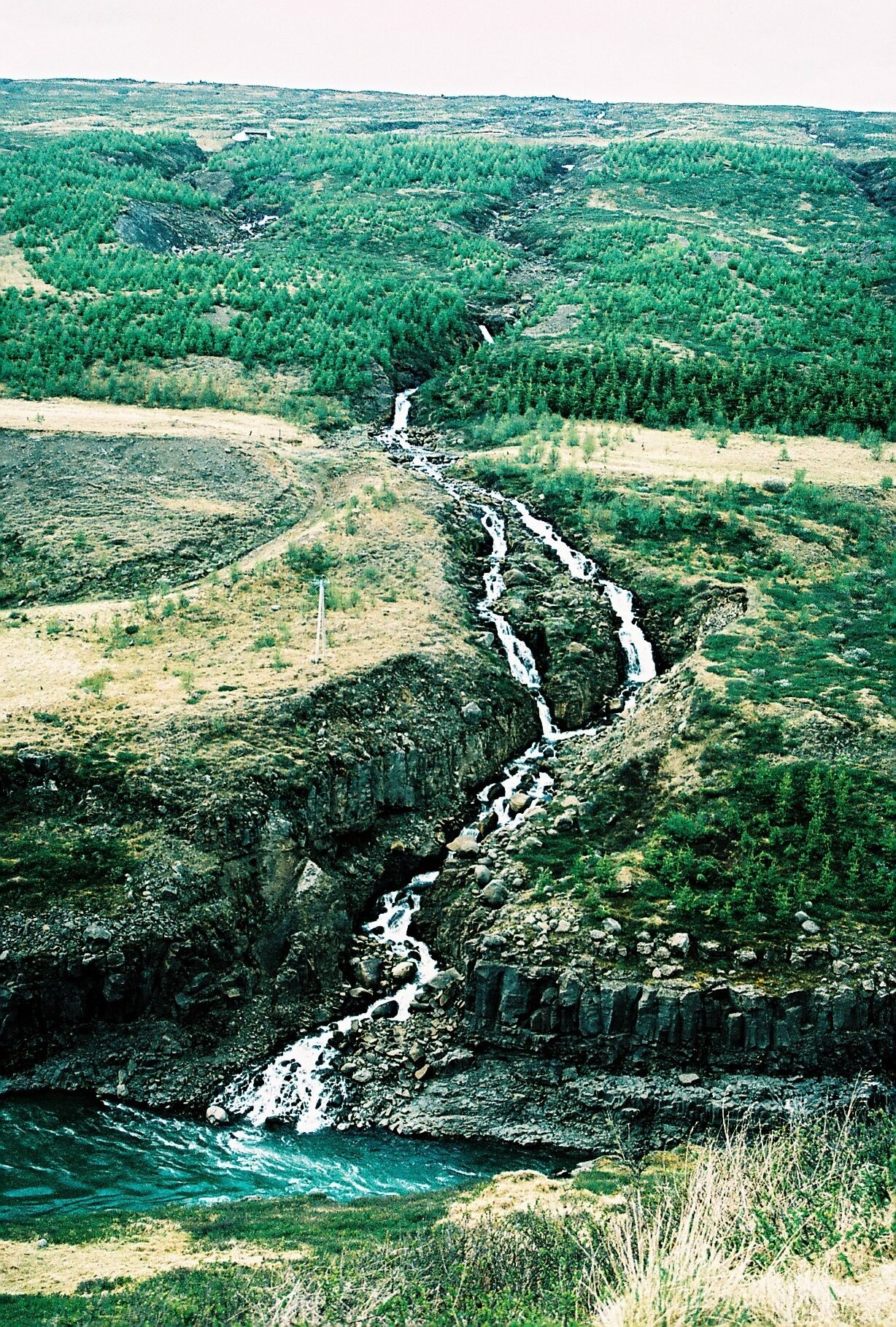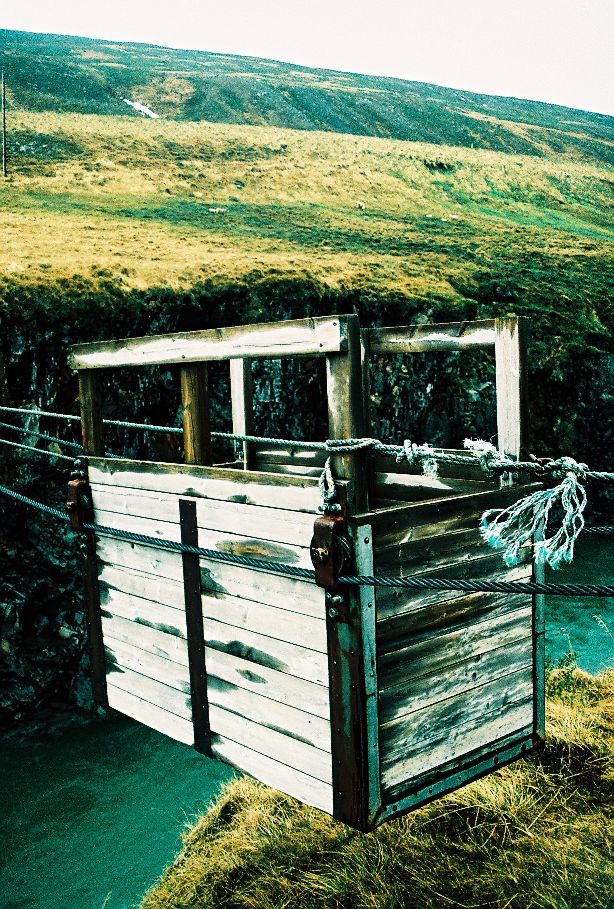Jökuldalur area
UPPER JÖKULDALUR
“Efri-Jökuldalur” is a part of Jökuldalur that stretches inland from Gilsá almost beside Highway 1 all the way to the north part of Vatnajokull. Efri-Jökuldalur is an interesting and complex area. The vegetation is very sensitive, so visitors are kindly asked to park cars only in marked parking lots or where no grass or plants are nearby.
The climate in the upper valley (Efri-Jökuldalur) is quite unique and characterized by relatively large fluctuations in temperature as well as high temperature differences depending on the seasons. In the valley, there are more freezing days during the winter compared to the surrounding areas, but much fewer rainy days than closer to the coastline.


CABLE WAGONS
In the old days no bridge had been built over river Jökla, people used cable wagons made of timber to cross the river. Approximately one and sometimes two persons fitted inside a cable wagon which then had to be pulled across by wires which were strung on either side of the river. The Cable wagon were situated at Eiríksstaðir, Brú and Merki. The farmer Stefán from Merki rebuilt this cable wagon at Merki in its original form which can be visited.
Before the hydroelectric plant Kárahnjúkavirkjun was built between 2004-2007 the river Jökla was one of the biggest and most powerful glacial rivers in Iceland. Therefore, it was often very dangerous to cross the river by using the cable wagons. If the cable wagons could sometime be a bit too heavy so it touched the river sometimes resulting the wagon to turn upside down.

JÖKLA river
Jökla is one of the greatest river in Iceland stretching over 150 km, with its source in Vatnajokul glacier, passing through the upper and lower valley of Jokuldalur all the way to the sea. As a glacier river, before the days of Karahnjukar dam, this river bursts through the canyon in all its glory and magnificent force. Through the centuries this river has taken lives and caused damages on the land and livestock of the farmers.
Many old stories have preserved describing the living conditions and the habits of the people living in the valley. One picturesque story of these conditions highlighting the resourcefulness of the locals. The story describes how people communicated when it was impossible to cross the river. People used the echoes’ nature of the canyon to shout across in the canyon. In fact, this is a certain art that is hard learned and not for everyone to adapt. Communicating by shouting, people needed to know how sound travelled across in the wind, demanding the shouter to be situated correctly and of course shout loud enough. Habitants used to follow the river’s behaviour closely in order to estimate the weather and find good timing to cross the river. After bridges emerged in the valley these techniques and capabilities of the people in the valley have vanished.

EIRIKSSTADIR CHURCH
The church at Eiriksstadir is the oldest concrete church in the east side of Iceland. The church used to be located at Bru, a farm not far from Eiriksstadir. In 1913 this church was moved from Bru to Eriksstadir. The altarpiece in the church was made by the painter Jóhann Briem, but the altar and the pulpit of the church used to be in the church at Bru. The old altarpiece located in the church once the church was at Bru was painted in 1794 by Jón Hallgrímsson and is now preserved at the National Museum of Iceland. This old church at Eriksstadir was built between 1911 and 1914 and during the construction period, only 80 packages of concrete was used to build the church.


REINDEER
Reindeers are the characteristic animal in East Iceland. Their preferred area in the East region is in the highlands north and north-east of Vatnajökull and in the East Fjords. The reindeers in Efri-Jökuldalur are more visible in the winter and can be seen almost everywhere. In the summer however, the herds go further up to seek cooler climates and therefore are less likely to be seen in the valley during the summer. The reindeers travel between areas in the spring and autumn. There are no other deer animals that travel as far in large herds as reindeers do.
LIFE IN JÖKULDALUR
In the upper part of Jökuldalur, where Studagil canyon is located, sheep farming is the dominant profession of the farmers although many of them are also working a second job beside their farming in Egilsstadir or elsewhere. In this part of the valley the sheep roam freely in the nature during the summertime and can be seen almost everywhere. Jökuldalur is rich of wildlife whereas many species of animals habit the valley. Many species of birds lay their eggs here in the springtime. The white-fronted goose (highland goose) is the dominant habitant in this valley and can be seen in vast numbers during the summer all around the valley along with many other bird species. Wild reindeers can also be seen, particularly in the upper part of the valley. As this valley is located high and deep in the country far from the sea, the weather during summer times can be very good and stable, but also very hard and cold during the wintertime with relatively high freezing temperature and a lot of snow.


